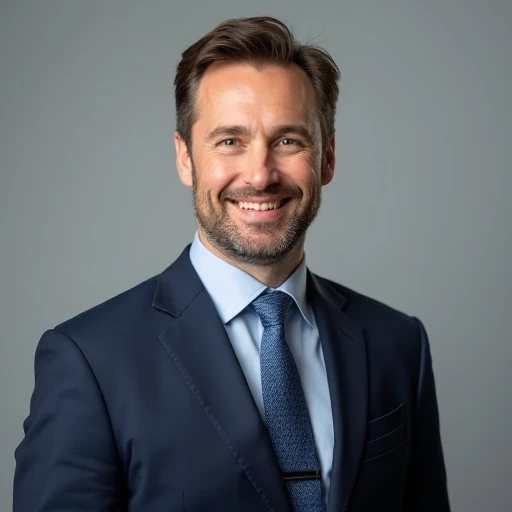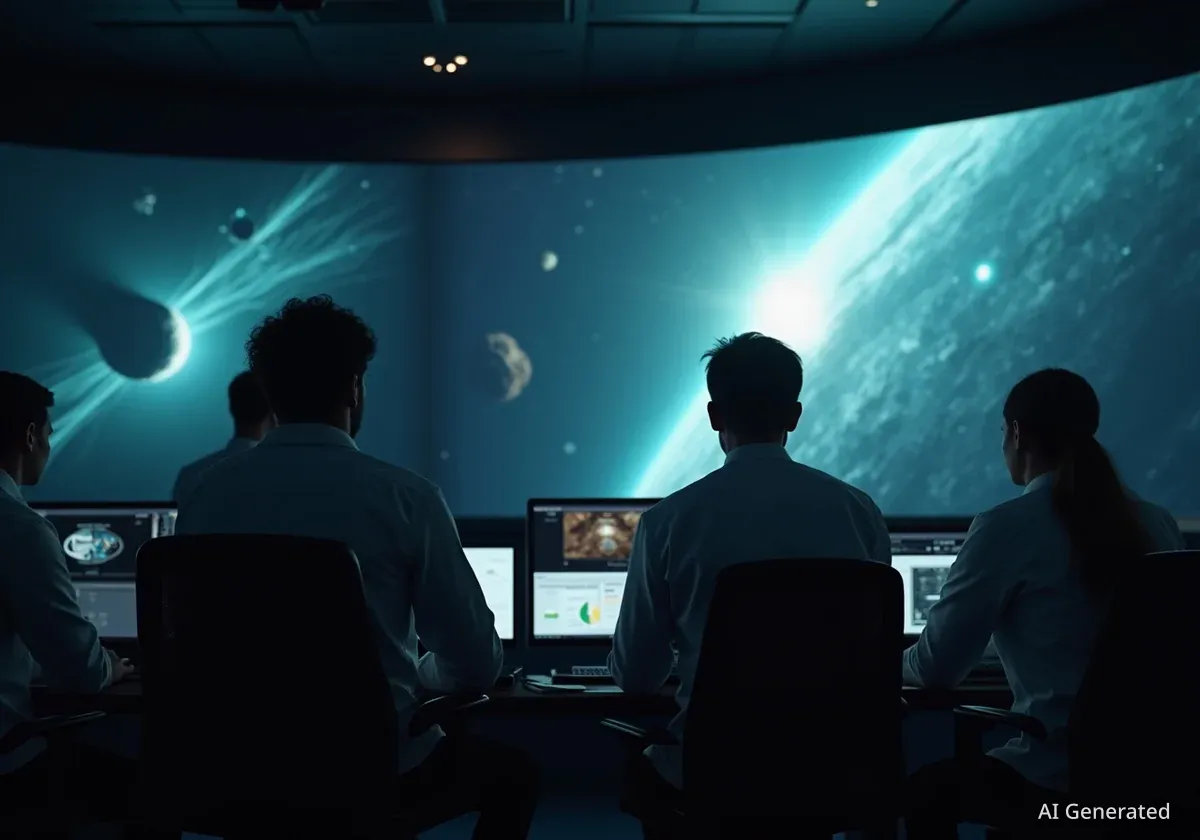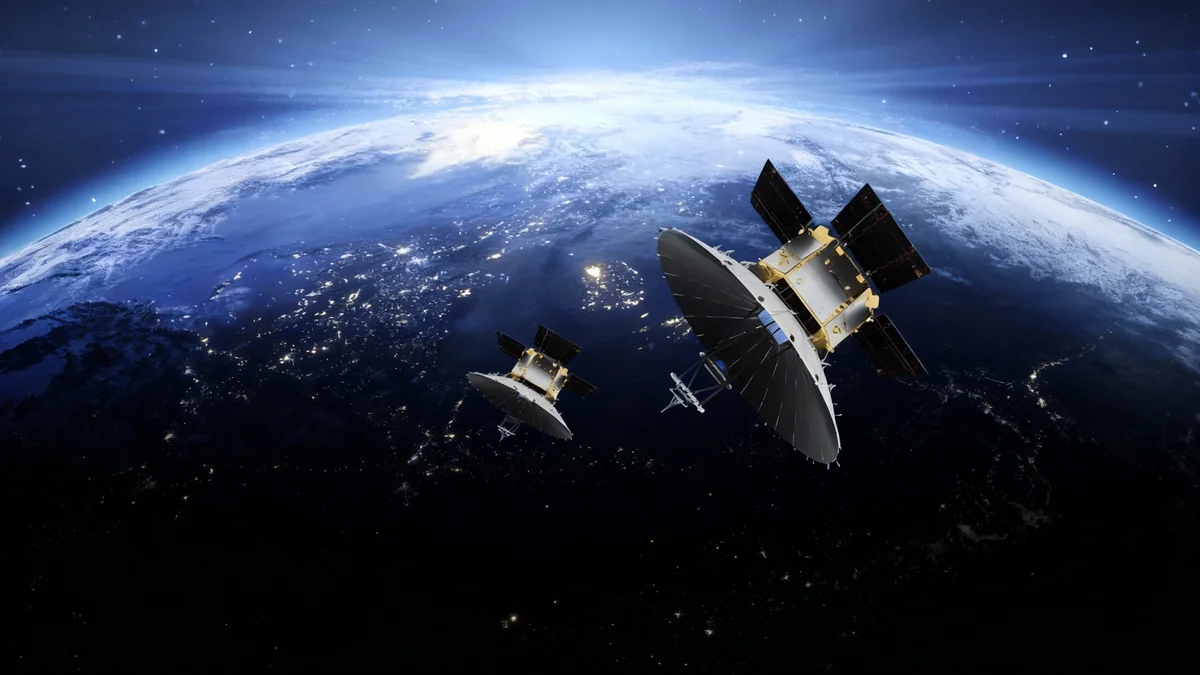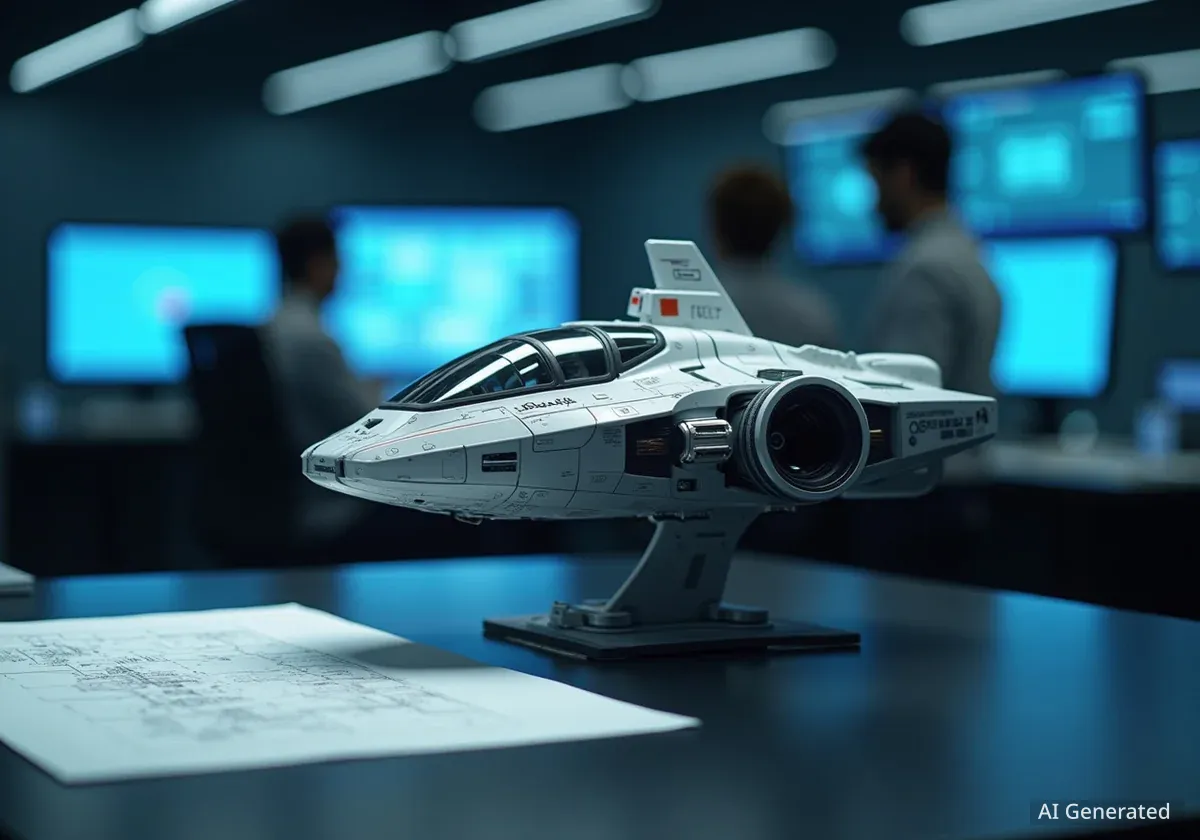The Air & Space Forces Association (AFA) has recognized four distinguished retired U.S. Air Force generals with its 2025 Lifetime Achievement Award. The presentation took place during the association's annual Air, Space & Cyber Conference, honoring careers that have significantly shaped American aerospace power and national defense.
The recipients include Gen. Philip M. Breedlove, Gen. Kevin P. Chilton, Gen. John P. Jumper, and Gen. Gregory S. Martin. Each general's career spans decades of service, marked by leadership in critical command roles, contributions to technological advancement, and a lasting impact on international security.
Key Takeaways
- The Air & Space Forces Association presented four Lifetime Achievement Awards at its 2025 conference.
- The award is one of the AFA's most prestigious honors, recognizing enduring contributions to national defense.
- Honorees are Gen. Philip M. Breedlove, Gen. Kevin P. Chilton, Gen. John P. Jumper, and Gen. Gregory S. Martin.
- Their careers cover leadership roles in NATO, U.S. Strategic Command, NASA, and major Air Force commands.
The Significance of the AFA Lifetime Achievement Award
The Lifetime Achievement Award is a cornerstone of the Air & Space Forces Association's efforts to honor excellence. It is reserved for individuals whose professional lives have left a permanent and positive mark on the United States Air Force, Space Force, and the broader aerospace community.
According to the AFA, the award celebrates a legacy of dedication, innovation, and leadership. Recipients are selected based on the totality of their careers, which often include command at the highest levels, pioneering new operational concepts, and shaping strategic policy.
About the Air & Space Forces Association
Founded in 1946, the AFA is an independent, non-profit organization focused on advocating for the U.S. Air Force and Space Force. With over 130,000 members worldwide, its mission is to promote dominant air and space forces, support service members and their families, and preserve the heritage of these branches.
Gen. Philip M. Breedlove: From ROTC to NATO Command
General Philip M. Breedlove's career is a testament to upward mobility and dedicated service. As the first member of his family to graduate from college, he rose through the ranks to hold one of the most significant military positions in the Western world.
His journey began with distinction, graduating as a top cadet from his ROTC program and later from F-16 replacement training. This early excellence set the tone for a career that would span more than three decades, shaping airpower strategy and international security policy.
A Career Defined by Global Leadership
Gen. Breedlove's service record is notable for its extensive international scope. He completed eight assignments in Europe and three in Korea, providing him with deep expertise in joint operations and alliance management. He held command of eight different Air Force organizations throughout his career.
His service culminated in his appointment as the 17th Supreme Allied Commander, Europe (SACEUR), the highest military authority in the North Atlantic Treaty Organization (NATO). Simultaneously, he served as the commander of U.S. European Command, overseeing all U.S. military forces in the region.
"Breedlove's career exemplifies the Air Force ideal of service before self."
Since retiring in 2016, Gen. Breedlove has remained active in policy and academia. He serves on the board of directors for the Atlantic Council and is a distinguished professor at the Georgia Institute of Technology, continuing to influence defense and security discourse.
Gen. Kevin P. Chilton: A Leader on Earth and in Space
General Kevin P. Chilton's career is unique for its dual tracks in elite aviation and space exploration. Over nearly 35 years of service, he made significant contributions as a fighter pilot, a NASA astronaut, and the leader of America's strategic forces.
An accomplished pilot, Gen. Chilton flew the F-4 Phantom and F-15 Eagle. His leadership skills were evident throughout his military career, as he commanded at the wing, numbered air force, and major command levels.
From the Cockpit to the Command Deck of a Space Shuttle
Gen. Chilton's career took a remarkable turn when he was selected for the NASA astronaut program, where he served for 11 years. His time with the space agency included a prestigious command role on the 76th mission of the Space Shuttle Atlantis.
He also served as a deputy program manager for the International Space Station, contributing to the management of one of humanity's most complex engineering projects. This experience gave him unparalleled insight into space operations.
Commander of U.S. Strategic Command
Gen. Chilton's career reached its apex when he became the commander of U.S. Strategic Command (USSTRATCOM), a role he held from 2007 to 2011. In this position, he was responsible for the nation's nuclear arsenal and strategic deterrence capabilities.
Today, he continues to shape space policy as the explorer chair at the AFA’s Mitchell Institute for Aerospace Studies Spacepower Advantage Center of Excellence. He is also a senior fellow at the National Defense University and serves on the board of the Air Force Academy Falcon Foundation.
Gen. John P. Jumper: Architect of the Modern Air Force
General John P. Jumper's nearly four-decade career was defined by his leadership during a pivotal period of transformation for the U.S. Air Force. A decorated fighter pilot and visionary commander, he played a key role in adapting the service for 21st-century warfare.
A 1966 distinguished graduate of the Virginia Military Institute’s ROTC program, Gen. Jumper accumulated more than 5,000 flight hours, primarily in fighter aircraft such as the F-4 Phantom, F-15 Eagle, and F-16 Falcon.
Leading the Air Force After 9/11
Gen. Jumper served as the 17th Air Force Chief of Staff from 2001 to 2005. His tenure began just before the September 11th attacks, and he was instrumental in guiding the Air Force's response and subsequent operations in the Global War on Terrorism.
During this critical period, he championed the integration of new technologies, including unmanned aerial systems (UAS) and advanced precision-strike capabilities. His focus on interoperability across air, space, and cyber domains helped create the foundation for modern multi-domain operations.
After retiring from the military, Gen. Jumper transitioned to the private sector, serving as the CEO of Leidos. He remains a passionate advocate for programs that support veterans, wounded warriors, and STEM education for young people.
Gen. Gregory S. Martin: A Lifetime of Service and Mentorship
General Gregory S. Martin's career began with an appointment to the U.S. Air Force Academy in 1966 and concluded as one of the service's most respected senior leaders. His path was marked by combat experience, strategic command, and a post-retirement dedication to mentoring the next generation.
After graduating from the Academy in 1970, he became a distinguished graduate of Undergraduate Pilot Training. He served in Southeast Asia, where he flew 161 combat missions, including during the critical Operations Linebacker I and II campaigns.
Command in Europe and Continued Influence
Gen. Martin's leadership trajectory included command of three wings and senior staff positions before his promotion to four-star general in 2000. He went on to command U.S. Air Forces in Europe and Allied Air Forces North for NATO, managing complex multinational air operations.
Since his retirement in 2005, Gen. Martin has dedicated himself to education and mentorship. His roles have included:
- Senior Fellow at the National Defense University
- Senior Mentor to the Joint Staff
- University Professor
- Chairman of the National Academies’ Air Force Studies Board
- Chairman of the Air Force Academy Falcon Foundation
His continued involvement highlights a lifelong commitment to national defense and the development of future leaders in the armed forces and beyond.





